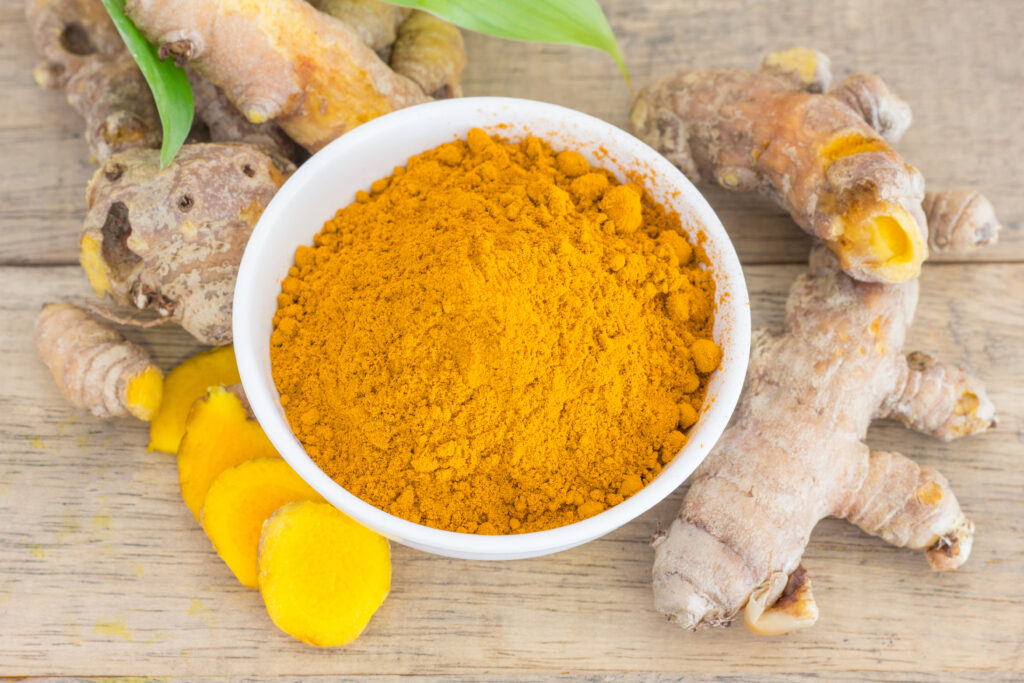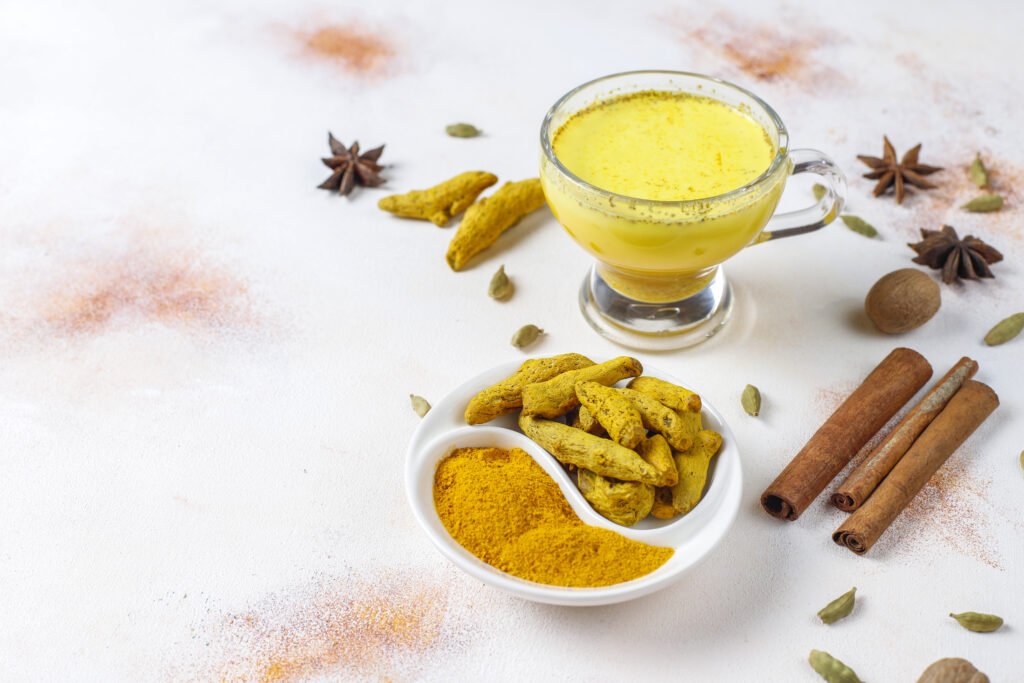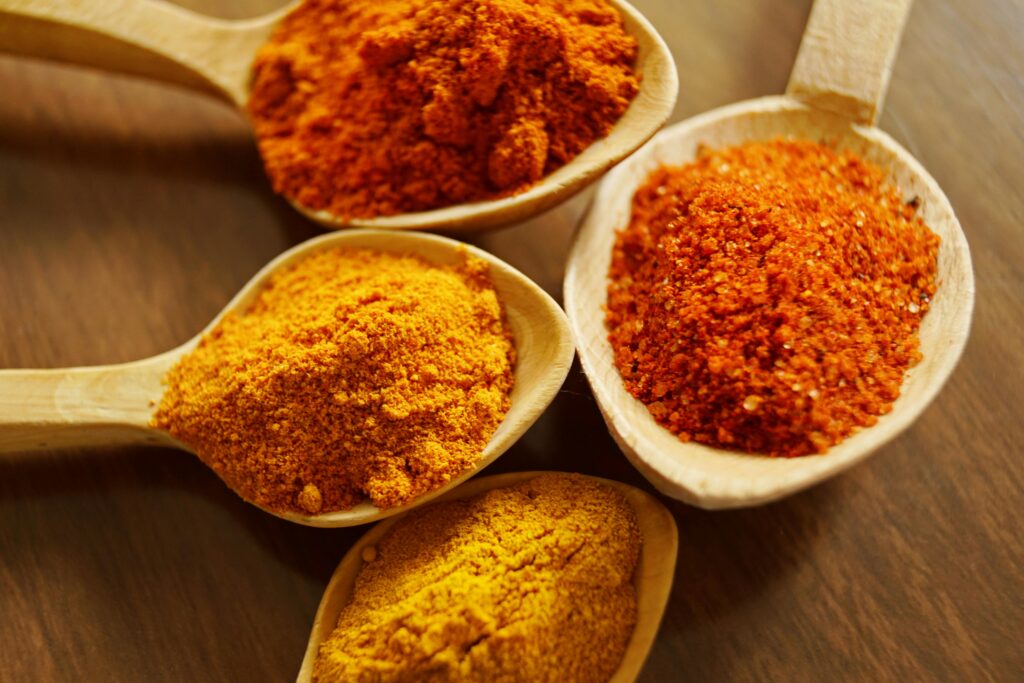Table of Contents
ToggleExport of Turmeric Spice from India: A Golden Opportunity
Preface
India, frequently referred to as the “Land of Spices,” holds a prominent position in the global spice market. Among its diverse range of spices, turmeric stands out as one of the most sought-after products due to its culinary, medicinal, and cosmetic applications. The global demand for turmeric has been rising consistently, making the export of turmeric from India a lucrative business opportunity. This blog delves into the various aspects of turmeric export from India, including its market potential, export process, challenges, and future prospects.

Turmeric: An Overview
Turmeric (Curcuma longa) is a golden-yellow spice derived from the rhizome of the turmeric plant. It has been an integral part of Indian culture for centuries, used not only in cooking but also in traditional medicine, religious rituals, and cosmetics. The active component, curcumin, is renowned for its anti-inflammatory, antioxidant, and antimicrobial properties, which further boosts its demand in the pharmaceutical and wellness industries.
India’s Role in Turmeric Production
India is the largest producer and exporter of turmeric in the world, accounting for approximately 80% of the global production. Major turmeric-producing states include:
Telangana
Andhra Pradesh
Tamil Nadu
Karnataka
Maharashtra
Odisha
Among these, Telangana’s Nizamabad district is famously known as the “Turmeric City of India.” The high quality of Indian turmeric, combined with traditional cultivation methods and favorable climatic conditions, makes it highly competitive in the global market.
Global Demand for Turmeric
The global turmeric market has been experiencing significant growth, driven by increasing consumer awareness regarding health benefits, rising demand for natural ingredients, and the expanding food and beverage industry. The largest importers of Indian turmeric include:
United States
United Kingdom
United Arab Emirates
Malaysia
Japan
Germany
Iran
The surge in demand for organic and natural products has further propelled the export of Indian turmeric to health-conscious markets such as the European Union and North America.
HS Code and Product Category
Turmeric is classified under the Harmonized System (HS) code 09103030 for export purposes. The product falls under the broader category of Spices in the global trade classification system. This classification is essential for customs clearance, tariff determination, and statistical purposes, helping exporters and importers streamline their trade processes.

Export Process of Turmeric from India
Exporting turmeric from India involves several steps, including:
1. Registration and Documentation
Obtain an Importer Exporter Code (IEC) from the Directorate General of Foreign Trade (DGFT).
Register with the Spices Board of India, which regulates the export of spices.
Comply with the Food Safety and Standards Authority of India (FSSAI) regulations.
2. Quality Standards and Certification
Ensure the product meets international quality standards.
Obtain quality certifications such as ISO, HACCP, and organic certifications, if applicable.
3. Packaging and Labeling
Use food-grade, moisture-resistant packaging materials.
Provide proper labeling with details such as batch number, origin, expiry date, and certifications.
4. Logistics and Shipping
Choose the appropriate mode of transportation (air or sea freight).
Work with reliable logistics partners to ensure timely delivery.
Complete necessary export documentation, including the bill of lading, commercial invoice, and certificate of origin.
Challenges in Turmeric Export
Despite its vast potential, turmeric export from India faces several challenges:
Quality Control: Maintaining consistent quality and meeting international standards.
Price Fluctuations: Volatile market prices due to climatic conditions and global demand.
Regulatory Hurdles: Compliance with various international regulations and quality norms.
Competition: Rising competition from other turmeric-producing countries like Vietnam and Indonesia.
Logistics: High transportation costs and delays in shipping.

Future Prospects
The future of turmeric export from India looks promising, driven by the following factors:
Growing demand for natural and organic products.
Rising awareness of turmeric’s health benefits.
Expansion of the global nutraceutical and cosmetic industries.
Government support for the promotion of spice exports.
Innovations in value-added turmeric products like turmeric oil, turmeric extract, and curcumin supplements.
Conclusion
The export of turmeric spice from India presents a golden opportunity for businesses and farmers alike. With the right quality standards, certifications, and strategic marketing, Indian turmeric can continue to dominate the global market. However, addressing challenges related to quality control, price stability, and regulatory compliance will be crucial for sustained growth. As the world increasingly embraces natural and health-enhancing products, Indian turmeric stands poised to shine brighter than ever on the global stage.
